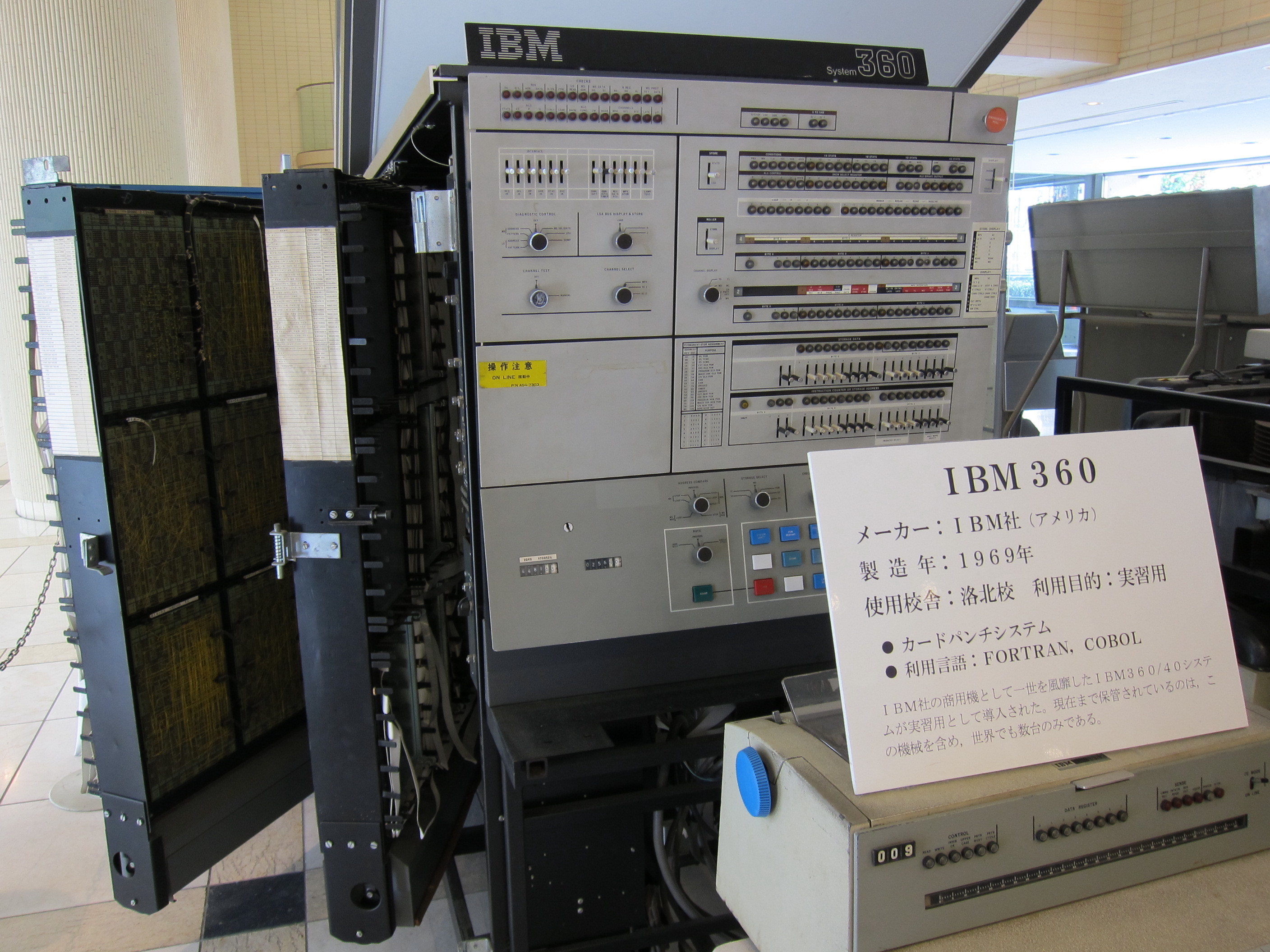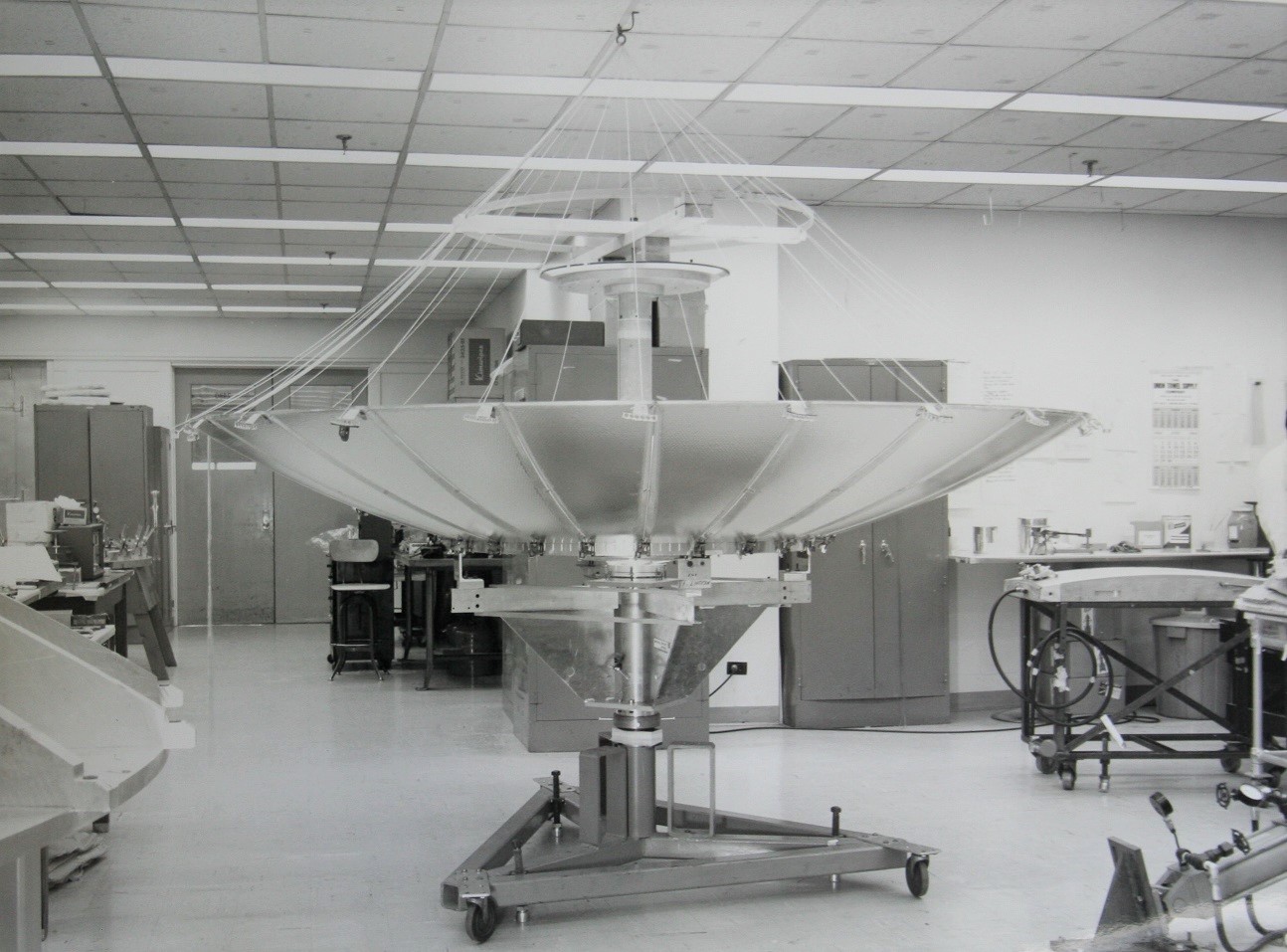|
Candle Corporation
Candle Corporation was an American software company active from 1976 to 2004. The company spent the first two decades developing system monitoring applications for a variety of IBM mainframes and their corresponding software, their first being OMEGAMON which saw quick widespread adoption in commercial enterprises. In the mid-1990s, the company made pivots toward non-mainframe monitoring software and middleware. IBM acquired the company for between $350 million and $600 million in 2004. History 1970s – 1980s Aubrey G. Chernick (born 1949 in Los Angeles, California), the founder of Candle, grew up in Deloraine, Manitoba, after his family moved there from California. After graduating from the University of Manitoba with a Bachelor of Science in chemistry, he landed a job at the university's environmental protection laboratory, performing analyses of the Red River of the North. The minicomputers at the lab were Chernick's first hands-on experience with computers; wit ... [...More Info...] [...Related Items...] OR: [Wikipedia] [Google] [Baidu] |
System Monitor
A system monitor is a hardware or software component used to monitor system resources and performance in a computer system. Among the management issues regarding use of system monitoring tools are resource usage and privacy. Monitoring can track both input and output values and events of systems. Overview Software monitors occur more commonly, sometimes as a part of a widget engine. These monitoring systems are often used to keep track of system resources, such as CPU usage and frequency, or the amount of free RAM. They are also used to display items such as free space on one or more hard drives, the temperature of the CPU and other important components, and networking information including the system IP address and current rates of upload and download. Other possible displays may include the date and time, system uptime, computer name, username, hard drive S.M.A.R.T. data, fan speeds, and the voltages being provided by the power supply. Less common are hardware-based sys ... [...More Info...] [...Related Items...] OR: [Wikipedia] [Google] [Baidu] |
IBM System/360 Model 40
The IBM System/360 Model 40 was a mid-range member of the IBM System/360 family. It was announced on April 7, 1964, shipped in 1965, and withdrawn on October 7, 1977. History On April 7, 1964, IBM announced the IBM System/360, to be available in six models. The 360/40 was first delivered in April 1965. The 360/30 and the 360/40 were the two largest revenue producing System/360 models, accounting for over half of the units sold. Models Five models of the 360/40 were offered. The D40, E40, F40, G40 and H40 were configured with 16K, 32K, 64K, 128K and 256K of core memory and correspondingly 16, 32, 64, 128 and 128 not a typo: the physical limit seemed to be 224; see p. 17 of the Model 30 Functional Characteristics multiplexer subchannels. The H40 occupied "more floor space than the other models." Configuration Microprogramming Like most System/360 models the Model 40 is microprogrammed. The microcode is stored in transformer read-only storage (TROS), organized as up to 8 ... [...More Info...] [...Related Items...] OR: [Wikipedia] [Google] [Baidu] |
Transaction Processing System
A transaction processing system (TPS) is a computer software, software system, or software/computer hardware, hardware combination, that supports transaction processing. History The first transaction processing system was Sabre (computer system), SABRE, made by IBM for American Airlines, which became operational in 1964. Designed to process up to 83,000 transactions a day, the system ran on two IBM 7090 computers. SABRE was migrated to IBM System/360 computers in 1972, and became an IBM product first as ''IBM Airline Control Program, Airline control Program (ACP)'' and later as ''Transaction Processing Facility, Transaction Processing Facility (TPF)''. In addition to airlines, TPF is used by large banks, credit card companies, and hotel chains. The Hewlett Packard Enterprise NonStop (server computers), NonStop system (formerly Tandem Computers, Tandem NonStop) is a hardware and software system designed for ''Online Transaction Processing (OLTP)'' introduced in 1976. The system pr ... [...More Info...] [...Related Items...] OR: [Wikipedia] [Google] [Baidu] |
CICS
IBM CICS (Customer Information Control System) is a family of mixed-language application servers that provide online business transaction management, transaction management and connectivity for applications on IBM mainframe systems under z/OS and z/VSE. CICS family products are designed as middleware and support rapid, high-volume online transaction processing. A CICS ''transaction'' is a unit of processing initiated by a single request that may affect one or more objects. This processing is usually interactive (screen-oriented), but background transactions are possible. CICS Transaction Server (CICS TS) sits at the head of the CICS family and provides services that extend or replace the functions of the operating system. These services can be more efficient than the generalized operating system services and also simpler for programmers to use, particularly with respect to communication with diverse terminal devices. Applications developed for CICS may be written in a variet ... [...More Info...] [...Related Items...] OR: [Wikipedia] [Google] [Baidu] |
Warner Bros
Warner Bros. Entertainment Inc. (WBEI), commonly known as Warner Bros. (WB), is an American film studio, filmed entertainment studio headquartered at the Warner Bros. Studios Burbank, Warner Bros. Studios complex in Burbank, California and the main namesake subsidiary of Warner Bros. Discovery (WBD). Founded on April 4, 1923, by four brothers, Harry Warner, Harry, Albert Warner, Albert, Sam Warner, Sam and Jack L. Warner, Jack Warner, the company established itself as a leader in the American film industry before diversifying into animation, television, and video games. It is one of the "Major film studios, Big Five" major American film studios and a member of the Motion Picture Association (MPA). The company is known for its film studio division, the Warner Bros. Motion Picture Group, which includes Warner Bros. Pictures, New Line Cinema, Warner Bros. Pictures Animation, Castle Rock Entertainment and the Warner Bros. Television Group. Bugs Bunny, a character created for the ' ... [...More Info...] [...Related Items...] OR: [Wikipedia] [Google] [Baidu] |
TRW Inc
TRW Inc. was an American corporation involved in a variety of businesses, mainly aerospace, electronics, automotive, and credit reporting.http://www.fundinguniverse.com/company-histories/TRW-Inc-Company-History.html TRW Inc. It was a pioneer in multiple fields including electronic components, integrated circuits, computers, software and systems engineering. TRW built many spacecraft, including Pioneer 1, Pioneer 10, and several space-based observatories. It was #57 on the 1986 Fortune 500 list, and had 122,258 employees. The company was called Thompson Ramo Wooldridge Inc., after the 1958 merger of the Ramo-Wooldridge Corporation and Thompson Products. This was later shortened to TRW. The company was founded in 1901 and lasted for just over a century until being acquired by Northrop Grumman in 2002. It spawned a variety of corporations, including Pacific Semiconductors, The Aerospace Corporation, Bunker-Ramo and Experian. Its automotive businesses were sold off by Northro ... [...More Info...] [...Related Items...] OR: [Wikipedia] [Google] [Baidu] |
Hughes Aircraft Company
The Hughes Aircraft Company was a major American aerospace and defense contractor founded on February 14, 1934 by Howard Hughes in Glendale, California, as a division of the Hughes Tool Company. The company produced the Hughes H-4 Hercules aircraft, the atmospheric entry probe carried by the ''Galileo'' spacecraft, and the AIM-4 Falcon guided missile. Hughes Aircraft was founded to build Hughes' H-1 Racer world speed record aircraft, and later modified other aircraft for his transcontinental and global circumnavigation speed record flights. The company relocated to Culver City, California, in 1940 and began manufacturing aircraft parts as a subcontractor. Hughes attempted to mold it into a major military aircraft manufacturer during World War II. However, its early military projects ended in failure, with millions of dollars in U.S. government funds expended for only a handful of prototypes, resulting in a highly publicized U.S. Senate investigation into alleged mismanage ... [...More Info...] [...Related Items...] OR: [Wikipedia] [Google] [Baidu] |
Northrop Corporation
Northrop Corporation was an American aircraft manufacturer from its formation in 1939 until its 1994 merger with Grumman to form Northrop Grumman. The company is known for its development of the flying wing design, most successfully the B-2 Spirit stealth bomber.Parker, Dana T. ''Building Victory: Aircraft Manufacturing in the Los Angeles Area in World War II,'' pp. 93-106, Cypress, CA, 2013. . History Jack Northrop founded three companies using his name. The first was the Avion Corporation in 1928, which was absorbed in 1929 by the United Aircraft and Transport Corporation as a subsidiary named "Northrop Aircraft Corporation" (and later became part of Boeing). The parent company moved its operations to Kansas in 1931, and so Northrop, along with Donald Wills Douglas Sr., Donald Douglas, established a "Northrop Corporation" located in El Segundo, California, which produced several successful designs, including the Northrop Gamma and Northrop Delta. However, labor difficulties ... [...More Info...] [...Related Items...] OR: [Wikipedia] [Google] [Baidu] |
Southern California Edison
Southern California Edison (SCE), the largest subsidiary of Edison International, is the primary electric utility company for much of Southern California. It provides 15 million people with electricity across a service territory of approximately 50,000 square miles. SCE owns all of its electrical transmission facilities and equipment. Deregulation of California's electricity market in the late 1990s forced the company to sell many of its power plants, though some were probably sold by choice. SCE retained its hydroelectric plants, totaling about 1,200 MW, and its 75% share of the 2,150-MW San Onofre Nuclear Generating Station. The plant, which hasn't produced power since 2012, is being decommissioned. In addition to its electric business, SCE operates the sole gas utility and water utility on Santa Catalina Island, under the names Catalina Island Gas Company and Catalina Island Water Company. History The origins of the company lie with the grand scheme of business ... [...More Info...] [...Related Items...] OR: [Wikipedia] [Google] [Baidu] |
Canada Life
The Canada Life Assurance Company ( French: ''La Compagnie d'Assurance du Canada sur la Vie''), commonly known as Canada Life (''Canada-Vie''), is a Canadian insurance and financial services company with its headquarters in Winnipeg, Manitoba. The current company is the result of the 2020 amalgamation of The Great-West Life Assurance Company, London Life Insurance Company and The Canada Life Assurance Company, along with their holding companies (London Insurance Group Inc. and Canada Life Financial Corporation). The company is a wholly owned subsidiary of Great-West Lifeco. History and ownership Great-West Life Assurance Company The Great-West Life Assurance Company ( French: ''La Great-West, Compagnie d'Assurance-vie'') provided life, disability, and health insurance; benefit and retirement plans; and investment advice. It was active in both the United States and Canada. Great-West Life was founded in Winnipeg in 1891 by Jeffry Hall Brock, a local insurance agent. The com ... [...More Info...] [...Related Items...] OR: [Wikipedia] [Google] [Baidu] |
Users' Group
A users' group (also user's group or user group) is a type of club focused on the use of a particular technology, usually (but not always) computer-related. Overview Users' groups started in the early days of mainframe computers, as a way to share sometimes hard-won knowledge and useful software, usually written by end users independently of the vendor-supplied programming efforts. SHARE, a user group originated by aerospace industry corporate users of IBM mainframe computers, was founded in 1955 and is the oldest computer user group still active. DECUS, the DEC User's Society, was founded in 1961 and its descendant organization, Connect Worldwide, still operates. The Computer Measurement Group (CMG) was founded in 1974 by systems professionals with a common interest in (mainframe) capacity management, and continues today with a much broader mission. The first UNIX users' group organized in 1978. Users' groups began to proliferate with the microcomputer revolution of the la ... [...More Info...] [...Related Items...] OR: [Wikipedia] [Google] [Baidu] |








